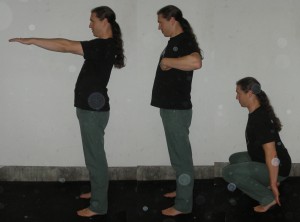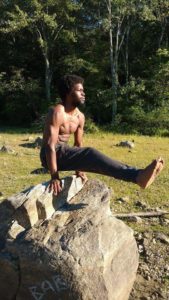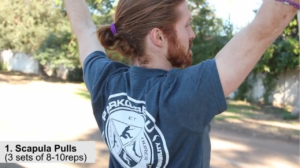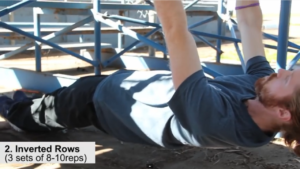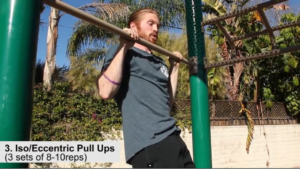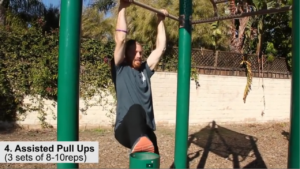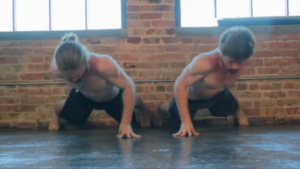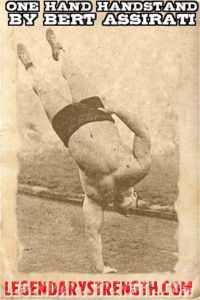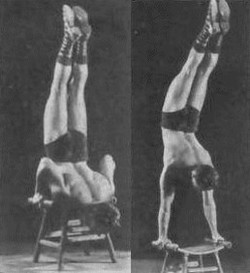Plateaus are an inevitable. Whenever we make a decision to move in a certain direction or train in a certain manner, we are bound to hit a roadblock. The real question then presents itself.
What do you do when you hit a plateau?
Although the obstacle might some daunting, there are a couple of ways around this.
The first thing that you can do is simply to just keep moving forward. Quite often if you just take a small breath and continue to push, you’ll be able to see the new level present itself. It’s kind of a an easy answer, but there are definitely times when pure simplicity just works.
The other option is a bit more refined. It involves lateral thinking. Which basically revolves around taking a step back, throwing a wrench in the system, and allowing your body to gain some feedback so you can continue to grow.
You can achieve this by utilizing different approaches to your training.
You can change when you train, how long you train, and of course how you train.
Then how you train can be broken into further groups ready for change. The skills you are working on. The sets, rep, or time on the exercises. Focusing on similar but different exercises and more.
If you training is feeling stale (not to be confused with boredom, but that’s another problem all together) you should implement one or more of these changes.
Even if your training is going good, a change for the better can supercharge your gains.
Which training method you choose exactly and what to do is going to depend on you and your goals. And in every case what you should do will be different.
You may be the kind of person who loves to figure out your own program. Or you may want someone to hand you a template for you to work from. The choice is once again yours. Another thing to add to this before I close for today is to gain inspiration from unlikely sources. I’ll delve into this more in my next installment.
But before I forget, if you are looking for a template on building the skills of your own body, take advantage of our ebook, The Ultimate Guide to Bodyweight Bodyweight Squats and Pistols.
Stay Inverted!
-Jonathan Magno


